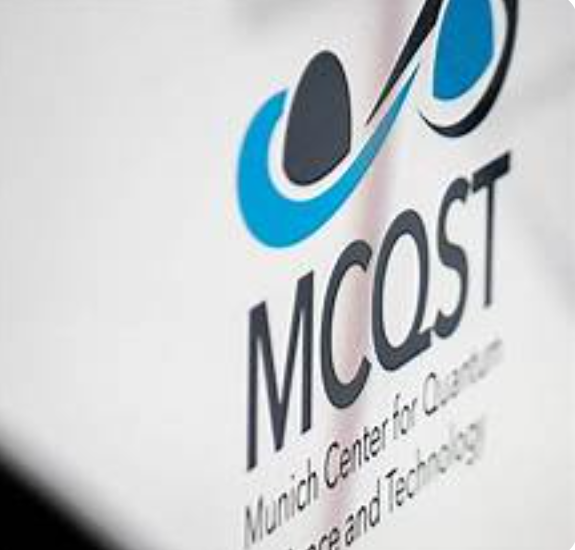The Future of Quantum Computing with Neutral-Atom Arrays

At the recent MCQST Colloquium held at the Max Planck Institute for Quantum Optics, Johannes Zeiher provided a compelling overview of the advances in quantum simulation and quantum computing with neutral-atom arrays. His presentation offered valuable insights into how these systems are poised to transform quantum technology.
Zeiher started by explaining the core motivation behind their work.
“Our goal is to understand, control and create many-body systems using individually controllable neutral atoms,” he stated. These neutral atoms, arranged using optical tweezers, serve as a powerful platform for studying quantum phenomena due to their high level of controllability and scalability.
One of the key advantages of neutral-atom arrays is their ability to simulate complex quantum systems.
“We can use these systems to study strongly correlated systems, transport out of equilibrium dynamics, and phase transitions,” Zeiher elaborted. This capability is vital for exploring fundamental aspects of quantum mechanics and for developing new technological applications.
Zeiher also stressed the importance of long-range interactions in these systems.
“Long-range interactions introduce competing length scales, which can lead to rich and complex physical phenomena,” he noted. By manipulating these interactions, researchers can simulate various phases of matter, such as the superfluid and Mott insulator phases, and even more exotic states like the Haldane insulator and density wave phases.
In terms of practical applications, Zeiher discussed the potential of neutral-atom arrays in quantum computing.
“Neutral atoms offer a promising platform for quantum computing due to their scalability and the high fidelity of quantum gates,” he said. Recent advancements have pushed the fidelity of two-qubit gates to over 99.5%, putting them on par with other leading quantum computing platforms.
One of the groundbreaking techniques Zeiher discussed is the use of Rydberg dressing. By coupling atoms off-resonantly to Rydberg states, researchers can induce long-range interactions while maintaining a high level of stability. He explained that Rydberg dressing allows them to significantly enhance the lifetime of these states, enabling complex quantum simulations and computations over extended periods.
Zeiher concluded his talk by drawing attention to the broader implications of their research.
“The ability to control and manipulate neutral atoms with such precision opens up new frontiers in both quantum simulation and quantum computing,” he remarked.
The insights from these systems do not just allow one to push understanding in the realm of quantum mechanics further. Still, they will also serve as a frontier toward innovative technologies that have the potential to be revolutionary in most fields, from materials science to cryptography.
Zeiher uncovered the revolutionizing potential that neutral-atom arrays bear in quantum technology in his talk at the MCQST Colloquium. Given developments in controlling long-range interactions and fidelity of quantum gates, these systems will be of great importance for the future of quantum computing and simulation.
